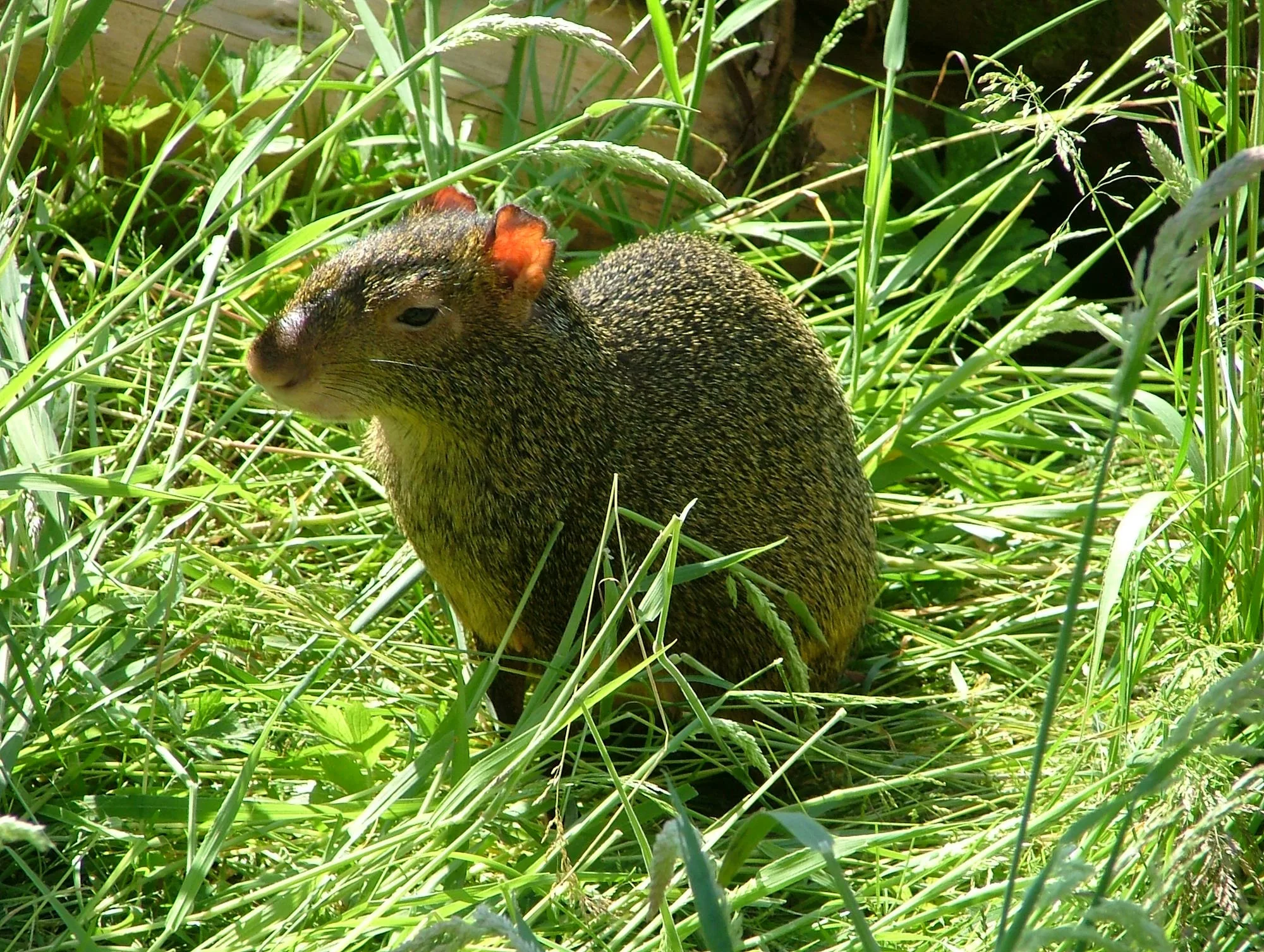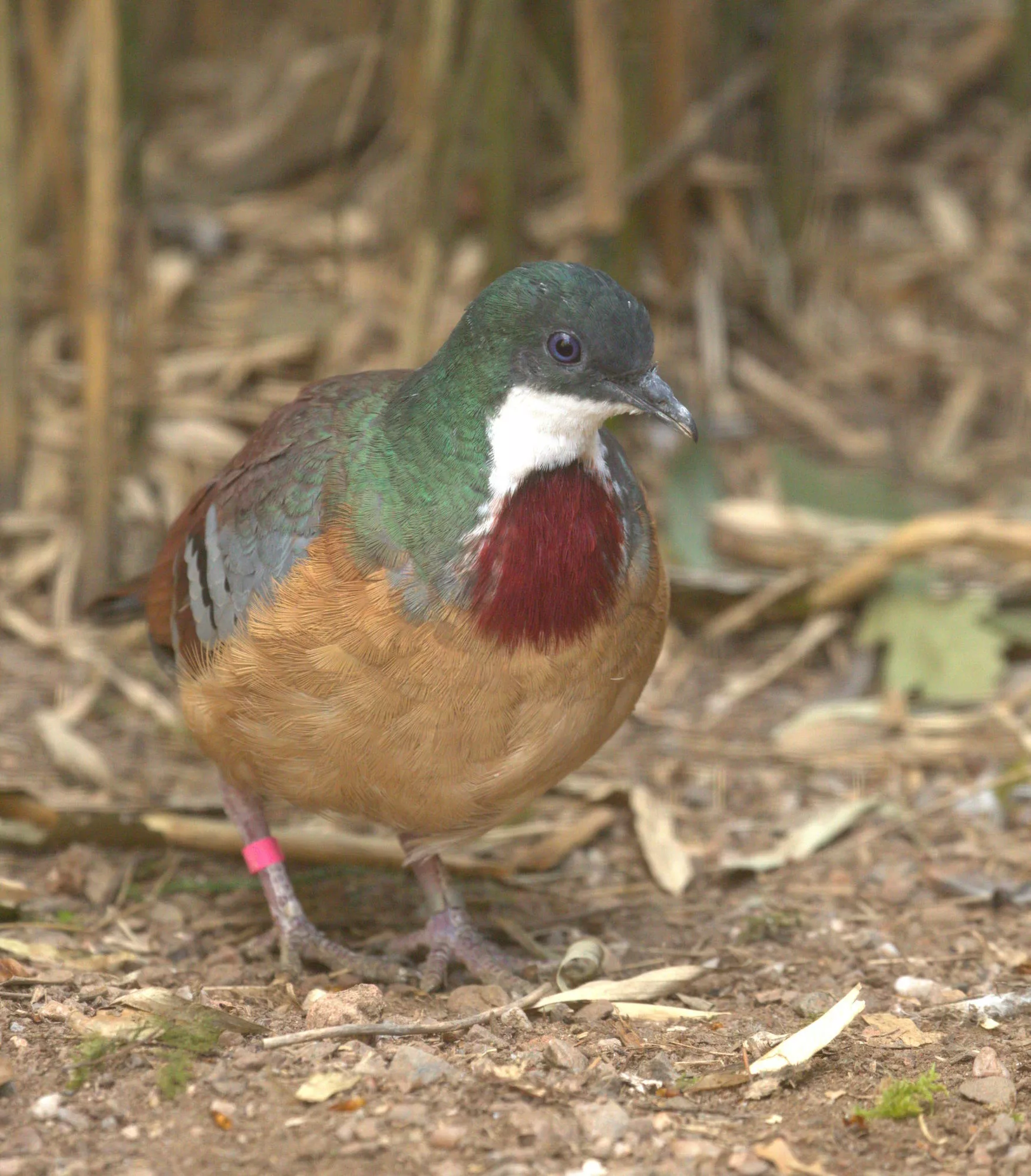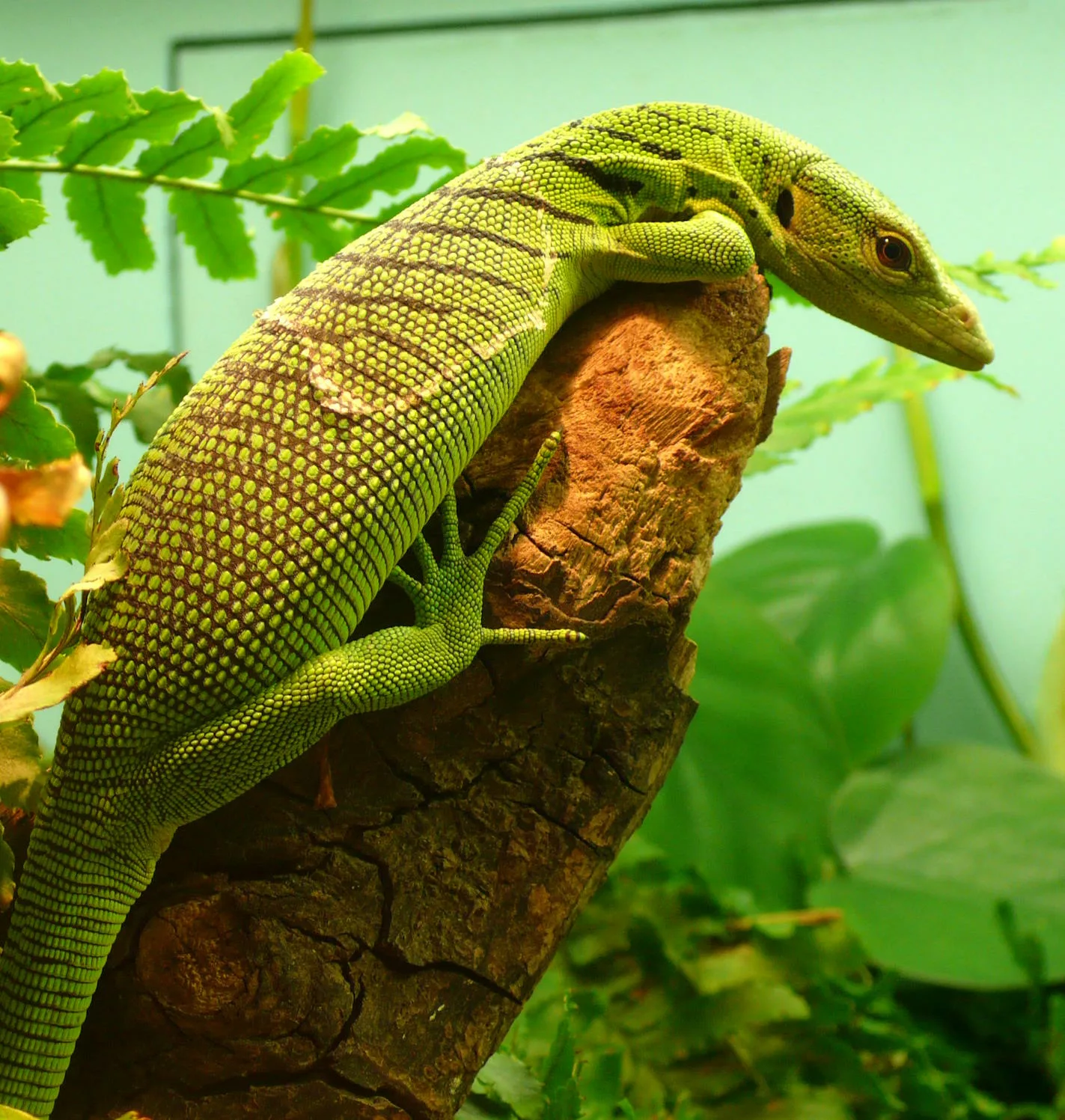
Royal/Ball python
Scientific name: Python regius
IUCN listed as: Near Threatened
Learn before you visit!
Here are some facts about the species – Discover what they eat, find out about their natural habitat, see what they like to do, and more… Set the reading style to suit you too, everyday speak or something aimed towards children.
Child-friendly
Everyday
Diet
Ball pythons are carnivorous, primarily preying on small mammals and birds. Their diet in the wild mainly includes rodents such as rats and mice. They use constriction to subdue their prey, wrapping their muscular bodies around the animal until it suffocates. Ball pythons are ambush predators, waiting in hiding until an unsuspecting prey passes by. This feeding strategy conserves energy and increases their hunting success.
Ball pythons eat small animals like mice and birds. They catch their food by wrapping around it tightly until it can’t breathe. They hide and wait for their prey to come close. This helps them save energy and catch their food more easily.
Breeding
Ball pythons breed during the rainy season. Females lay clutches of 3 to 11 eggs, which they incubate by coiling around them. The incubation period lasts about 55 to 60 days, during which the female rarely leaves the nest. Hatchlings are fully independent and must find their own food shortly after emerging from the eggs. This solitary rearing increases their survival skills from an early age.
Ball pythons lay eggs during the rainy season. The mother wraps around the eggs to keep them warm for about two months. Baby pythons must find food on their own after hatching. This helps them learn to survive quickly.
Habitat
Ball pythons are native to West and Central Africa, living in savannas, grasslands, and forests. They prefer areas with access to water and plenty of hiding places. These habitats provide them with ample hunting opportunities and protection from predators. Habitat destruction due to agriculture and urban development poses a threat to their populations. Conservation efforts focus on protecting these environments and ensuring sustainable practices.
Ball pythons live in Africa in grasslands and forests. They like places with water and lots of hiding spots. These areas help them find food and stay safe. Protecting their homes is important for their survival.
At the zoo
In zoos, ball pythons are provided with enclosures that mimic their natural habitat, including hiding spots and climbing structures. They are fed a diet of appropriately sized rodents. Zoos play an important role in educating the public about ball pythons and their conservation. Breeding programs in zoos help maintain healthy populations and support genetic diversity. Observing ball pythons in captivity allows people to learn about their behaviour and ecology.
Zoos give ball pythons places to hide and climb. They are fed mice and rats. Zoos teach people about ball pythons and help protect them. Watching them in zoos helps us learn more about their lives.
Behaviour
Ball pythons are known for their docile nature and tendency to curl into a ball when threatened, which is how they got their name. They are primarily nocturnal, hunting and being most active at night. During the day, they hide in burrows or under logs to avoid predators and extreme temperatures. Ball pythons communicate through chemical signals and body language. Their behaviour is adapted to conserve energy and enhance survival in their natural habitats.
Ball pythons are gentle and curl up into a ball when scared. They hunt at night and hide during the day. They use smells and body movements to communicate. Their behaviour helps them survive in the wild.
Fun facts
- Defensive Ball: They curl into a tight ball when threatened.
- Long Lifespan: They can live up to 30 years in captivity.
- Varied Colour Morphs: Selective breeding has produced many colour variations.
- Ambush Hunters: They are effective ambush predators.
- Low Metabolism: They can go months without eating.
- Ball Defence: They curl into a ball when scared.
- Long Lives: They can live up to 30 years in zoos.
- Colourful Snakes: There are many different colours of ball pythons.
- Sneaky Hunters: They hide and wait for their prey.
- Eating Habits: They can go a long time without food.
More animals to discover at our zoo
Quick Links
Tickets & Prices
You can buy tickets for Exmoor Zoo securely online, as well as finding out more price options, discover offers, and more…
What’s on…
Exmoor Zoo hosts incredible Events all through the year. You can find out about what we’ve got in store here…
Routes & info
Like any great discovery, Exmoor Zoo can feel a little off the beaten path – but don’t worry – you can plan your journey with our recommended routes and other useful travel info.



























